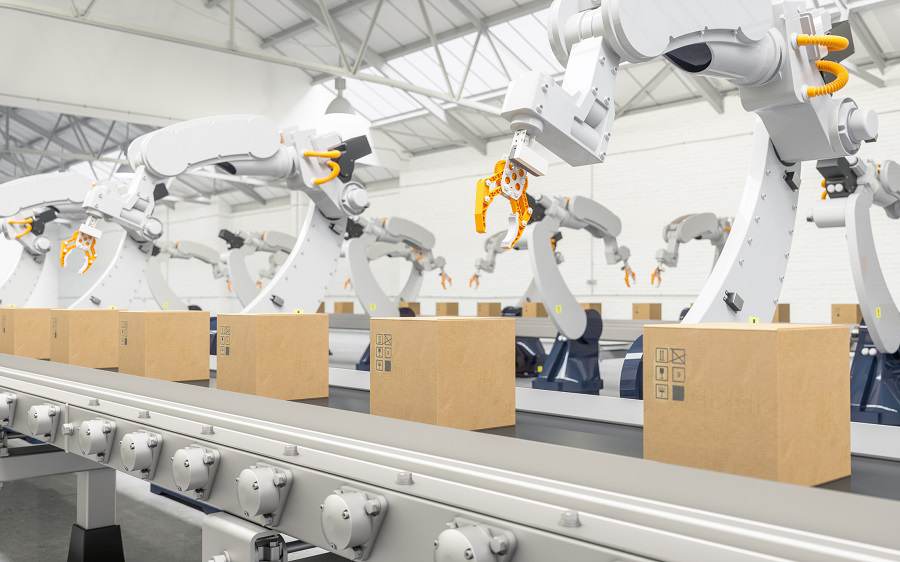Industrial mobile robots (IMRs) are becoming increasingly common on factory floors around the world. IMRs are essentially the combination of a robotic arm and a mobile platform. By definition, they are ground-based vehicles with some degree of autonomy that operate in semi-structured or structured industrial environments.
They deliver enhanced productivity by moving from one task to another without operator intervention, flexibly taking care of several different applications. This frees up human workers to complete more high-value and cognitive-focused tasks that robots can’t automate.

The Growing Need for Industrial Mobile Robot Standards
As the popularity of IMRs grows, so does the need for a comprehensive set of standards. Industrial robots, collaborative robots, and automated guided vehicles (AGVs) all have their own unique set of standards outlining their safety and operational requirements.
While these standards are useful, they do not cover the full scope of the latest robotic technology – particularly the new safety hazards and requirements of IMRs. In order for this technology to be fully adopted and achieve its full market potential, a definitive set of standards must be developed to guide their adoption, use and safe operation.
The Timeline of Industrial Mobile Robot Standards Development
A new IMR standard, R15.08, is currently under development. The team consists of experts in both the B56.5 AGV standards and the R15.06 industrial robot standard, as well as members of the American National Standards Institute (ANSI), Canadian Standards Association, and members involved in the work of the International Organization for Standards (ISO) Technical Committee (TC) 299, Robotics.


